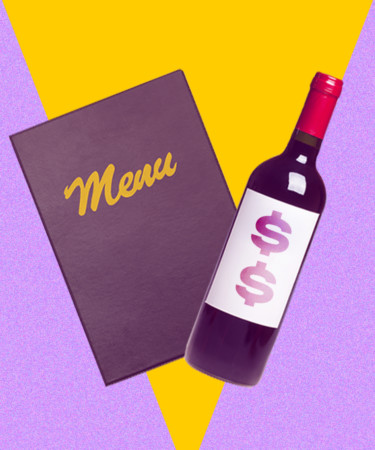When navigating wine lists at a restaurant, many people choose the second-lowest priced wine on the menu, so as not to feel cheap. The problem is that restaurants know this, and it’s long been believed that markups on these bottles are typically the highest. But a recent study published by the American Association of Wine Economists is questioning whether the insider logic is indeed true.
The economists studied wine lists from 249 London-based restaurants. White wine lists contained an average of 12 bottles, with an approximate average price of $45. The average red wine list contained 15 bottles, with an average price of $59.
After analyzing the lists and cross-referencing prices with Wine-Searcher, the study concluded that the lowest margins are on the cheapest and most expensive bottles. Markups gradually increase in correlation with the menu price until they peak near the middle and then inversely decrease approaching the bottom of the list. The average markup was noted at 303 percent.
While helpful in understanding a certain segment of the industry, the study’s methodology opens the door to many questions. With such a small sample size in a single geographic area, it is difficult to determine if the information translates to broader markets. The wine lists were also pulled from Trip Advisor listings from 2015, and the paper does not appear to reveal the exact methods by which prices were determined on Wine-Searcher (i.e. whether they reflected the bottles’ prices in London stores at the time the lists were current).
Still, if the overall trends observed in the study hold true, it seems advisable to stay toward the extremes when perusing the wine list. And that’s as good a reason as any to splurge in our books.
